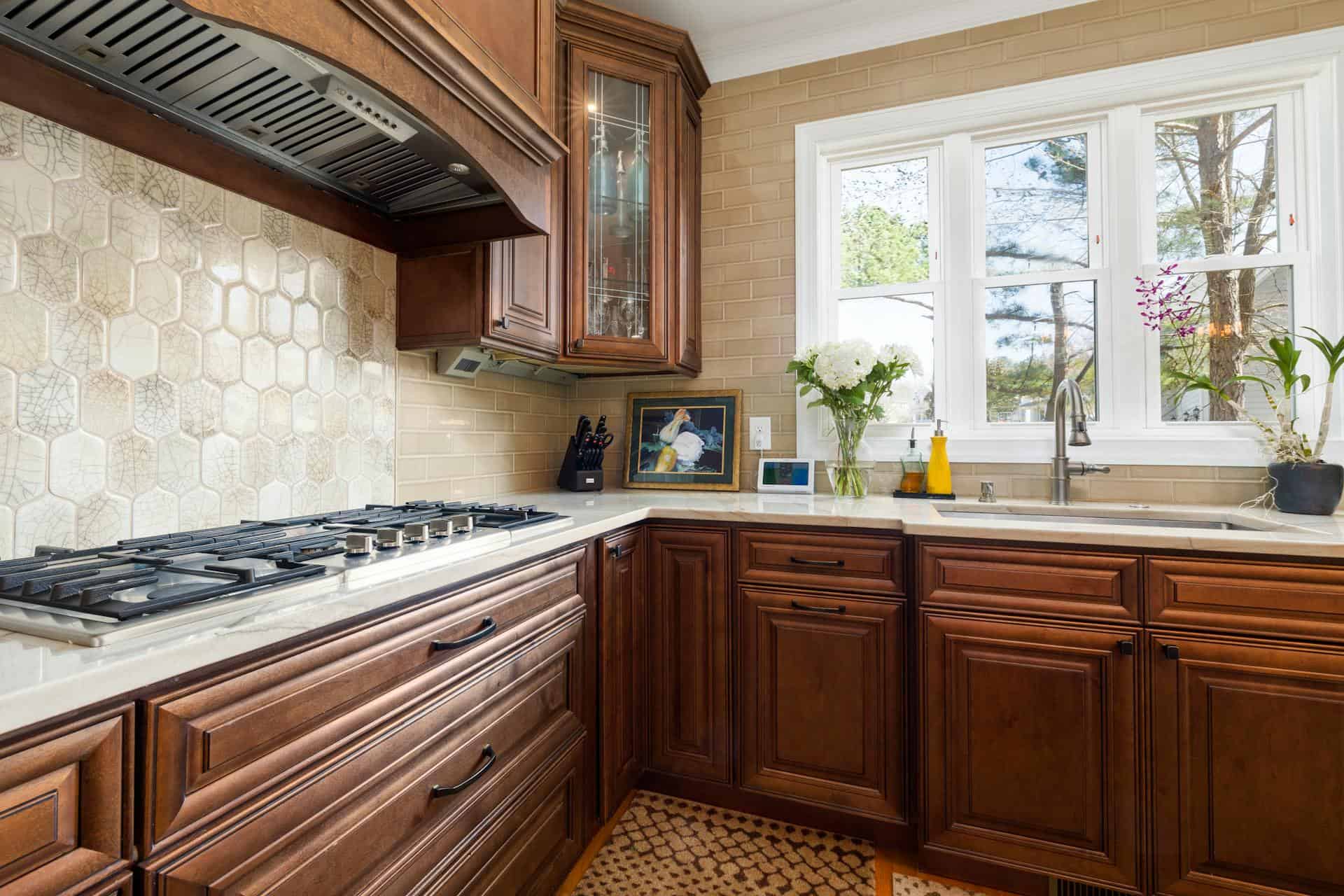
Question: What are the Specifications For Kitchen Ventilation?
Answer: Kitchen ventilation specifications vary, but generally involve CFM (cubic feet per minute) airflow based on stove type and BTU output, duct size, and hood dimensions. Local building codes dictate specific requirements.
Essential Kitchen Ventilation Facts
Proper kitchen ventilation removes odors, smoke, and grease. It also controls moisture, improving indoor air quality and protecting your home. Understanding ventilation specifications ensures effective performance. This guide explores key factors like CFM, duct size, and makeup air. Learn about these and other critical aspects to create a healthy and comfortable kitchen.
CFM Requirements for Effective Ventilation
CFM, or cubic feet per minute, measures airflow. A higher CFM rating indicates stronger ventilation. Determine the required CFM based on your cooking appliances. Ranges and cooktops need specific CFM based on their BTU (British Thermal Unit) output. A good rule of thumb is 100 CFM per 10,000 BTUs. For example, a 100,000 BTU range ideally requires 1,000 CFM. However, high-powered ranges, particularly those exceeding 65,000 BTUs, may benefit from professional guidance on ventilation needs.
Consider factors like cooking frequency and style. Regular or intensive cooking may require a higher CFM. Ductwork length and number of turns also influence performance. Longer ducts with multiple turns may require higher CFM to compensate for air resistance. Ensure optimal ventilation by selecting a range hood with adequate CFM. A proper CFM rating ensures efficient removal of smoke, grease, and odors.
Click here for more information on kitchen cabinet refacing near me Toronto
Related Article: Where Do Kitchen Vents Vent To?
Related Article: What are the Options For Kitchen Ventilation?
Makeup Air: Balancing Airflow
Powerful range hoods exhaust significant air volume. This exhaust can create negative pressure in the house, drawing air from unintended sources like fireplaces or chimneys. Makeup air systems introduce fresh air into the house, balancing the air pressure. This balanced pressure prevents backdrafting and maintains comfortable airflow.
Local building codes often require makeup air for high-CFM range hoods, typically those exceeding 400 CFM. A makeup air system ensures proper ventilation without disrupting the home’s air pressure. It improves indoor air quality and prevents the entry of harmful gases. Consider a makeup air system for a balanced and healthy kitchen environment, especially with high-powered ventilation.
Ventilation Hood Types and Placement
Various range hood types cater to different kitchen designs and cooking needs. Wall-mounted hoods install against an exterior wall, offering effective ventilation for most kitchens. Island hoods hang above island cooktops, providing ventilation in open kitchen layouts. Under-cabinet hoods mount under cabinets, saving space and providing adequate ventilation.
Proper hood placement maximizes capture efficiency. The hood should cover the entire cooking surface. Its bottom edge should sit 24 to 30 inches above electric cooktops and 28 to 36 inches above gas cooktops. This placement optimizes smoke and odor capture. Choose a hood style and placement that suits your kitchen layout and cooking habits. This ensures optimal ventilation and a clean, comfortable kitchen environment.
Other Crucial Ventilation Considerations
Filters trap grease and other particles, protecting the ventilation system and improving air quality. Clean or replace filters regularly, typically every one to three months, depending on usage. Baffle filters, made of metal, effectively capture grease and are dishwasher-safe. Mesh filters, also metal, provide good filtration but require more frequent cleaning. Charcoal filters, used in ductless hoods, absorb odors and require periodic replacement.
Noise levels also affect the kitchen environment. Sones measure loudness. Lower sone ratings indicate quieter operation. Look for a hood with a sone rating that suits your comfort level. Regular maintenance and cleaning are vital. This ensures optimal ventilation performance and longevity. Address these factors to create a well-ventilated, pleasant kitchen experience.
Conclusion
Understanding kitchen ventilation specifications is crucial for a comfortable and healthy cooking environment. By considering factors such as CFM requirements, duct size, makeup air, and hood type, you can select a ventilation system that effectively removes smoke, grease, and odors, promoting clean air and protecting your home.

Blue Malue Get in touch with Blue here.
